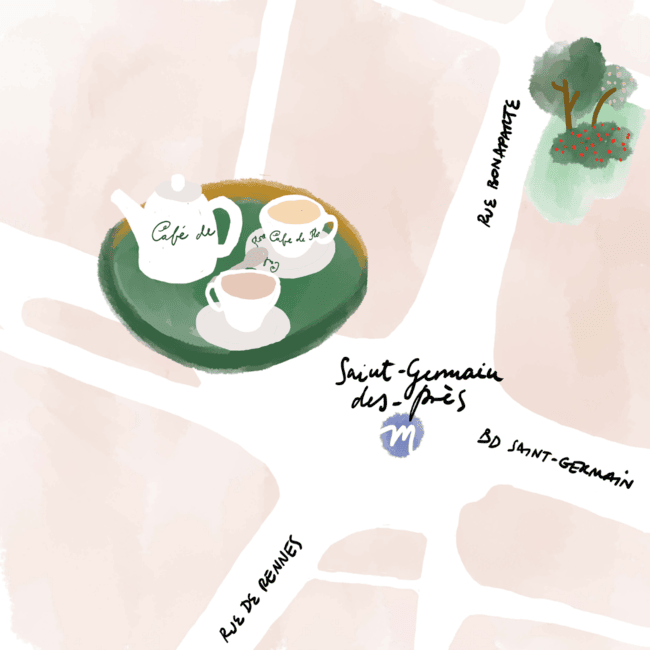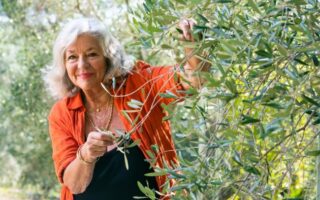Meet Sonja Bajic: Illustrator, Mapmaker and Memory Collector
All cities tell a story.
Architectural styles and the physical layout of buildings, the intersection of streets, and the use of public spaces like parks and plazas are all woven together into a complex tapestry. This “urban fabric” tells us countless tales about a city’s people and their culture, as well as its history. Perhaps most importantly, that tapestry creates emotion.
Nowhere is that more true than in Paris. The beauty communicated through the many historical, social, and cultural layers of the city is practically Paris’s trademark. It’s what creates the swoon, the magic – and if you’re lucky, the serendipity – that so many of us find here.
When you spend time in Paris, you intuitively feel the urban fabric. Certainly the 19th-century Haussmannization contributed to Paris’s physical beauty by bestowing on the city more light, better organization, and improved health for its inhabitants.
But the emotions that Paris elicit are highly personal. So why do most of us feel that old Paris magic in such similar ways? Illustrator Sonja Bajic is well placed to explain the phenomenon.
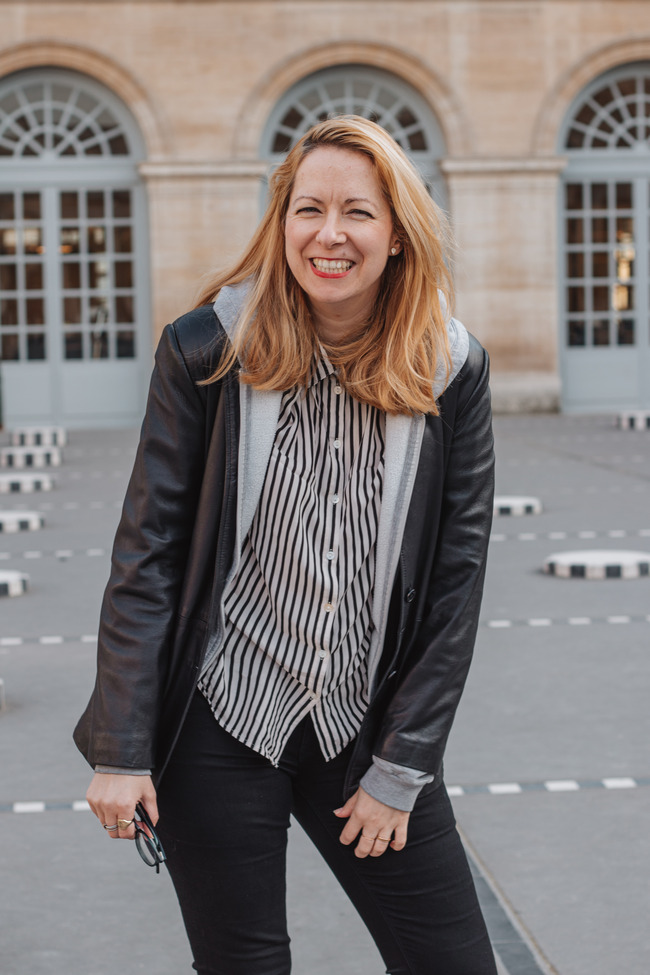
Sonja Bajic. Photo courtesy Erika Kostialova
Serbian by birth, Sonja adopted Paris as her home in 2012 after moving here to complete her studies in architecture. Sonja was drawn to the discipline initially for its balance between creativity and problem-solving. Always interested in design as a form of expression, she loved how architecture “shapes how people live, interact, and move through the world.”
Through her exploration of the city, Sonja naturally expanded the notion of architecture. Moving beyond actual buildings, she began to examine the spaces between them, adopting the urban fabric of Paris as her playground. Taking her inspiration from daily walks through vibrant markets, manicured parks, and cobblestoned streets, Sonja spent time observing, reflecting, and soaking up the city around her. She became fascinated by the intersection between organization and the “surprises that you find in France.” She also found that France offered her the ideal of what a country should provide for its people: freedom, hope, and a good healthcare system.
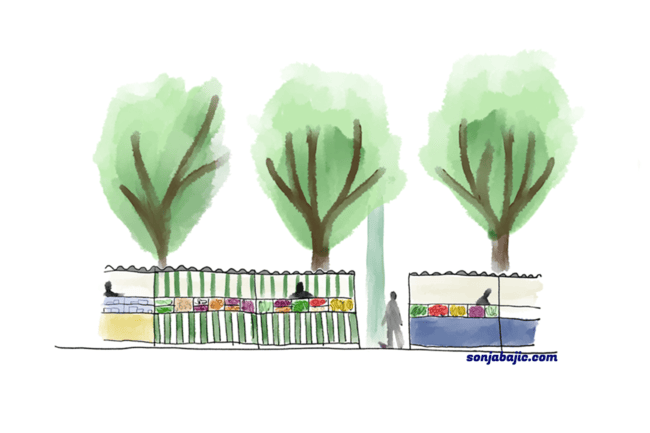
Marché Bastille illustration by Sonja Bajic
With her limited French, Sonja began drawing as a necessary form of communication: her sketches were a way to get her ideas across quickly and efficiently when she couldn’t find the words. Her own experiences were easy to capture this way, almost like a visual diary comprised of little moments, memories, and the beauty she discovered in everyday life. Sonja’s evolution as an illustrator derived from the freedom she felt in Paris as she discovered opportunities to combine illustration, design, art, and urban exploration into something that was uniquely hers.
Alongside her sketches, Sonja’s evocative maps of Paris – and France – emerged as a way of fleshing out the stories she saw everywhere she went in the city, including both the history of a place and her relationship to it. But Sonja is quick to explain that the deep emotions produced by a personal connection to a place are also similarly felt by others, in a shared experience of the city. And her explanation goes a long way to understanding how the magic of Paris is felt through a common visual vocabulary.
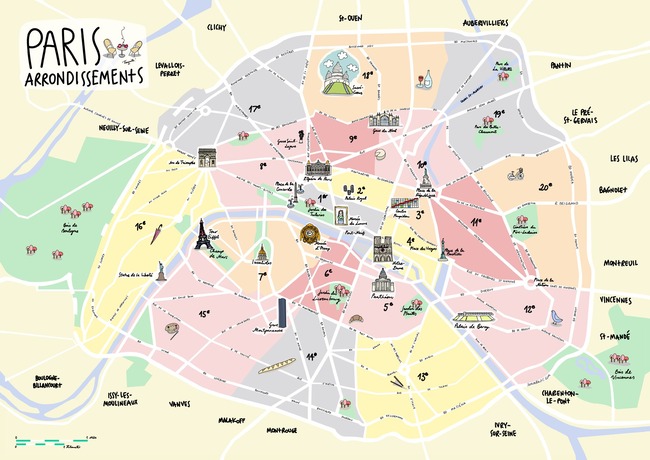
Illustrated map of Paris by Sonja Bajic
How her own story would be woven into that urban fabric remained to be seen, but even as her French improved, Sonja realized that beyond simple communication, she could use illustrations to connect with people emotionally. She describes how memories and sensations resonate with everyone because they tap into shared experiences.
Those experiences might include “the smell of fresh pastries from a bakery, the feel of cobblestones underfoot, or the warmth of tea on a cold day.” And as Sonja points out, “in the midst of all the noise around us, we’ve somehow forgotten to listen and connect, to stop and observe.” And that’s precisely what we take the time to do when we’re in Paris because it’s such a special place.
Now, with her work featured in Harper’s Bazaar, Elle, and in Forbes’ 2023 Gift Guide, Sonja is successful both as a commercial illustrator and as author or co-author of four books. Her work as a fine artist includes Paris prints, as well as watercolor maps. They’re beautiful mosaics of streets and plazas, with some space to dream and superimpose one’s own personalized and imagined projections.
Sonja is no stranger to the dreams and serendipity that connect Parisians. She likes to talk about the principle of setting yourself up to attract luck.

“For me, attracting luck is about showing up and putting yourself out there. In my book What My Girlfriends Told Me, there’s a quote: Things happen when you happen. Someone told me that once, and it perfectly describes my whole business model. And tells a lot about my workaholism!” Beyond that, her book is a playful exploration of friendship, life, and the lessons we share with one another, and it resonates universally.
Just as our shared experiences bring us together, Sonja (who in her words is “always hungry”) firmly believes that food is a great unifier. Back in 2015, she succeeded in her personal challenge to create one new food drawing a day, for a year. The result, Carbonara for Breakfast, was her way of exploring how food connects us to culture, memory, and each other.
Her illustrated culinary map of France is both brilliant and educational, and is a welcome addition to any francophile’s kitchen. Her online shop, Sonja Bajic Studio, features art prints (large and small), printable season’s greetings cards, and you can even order a bespoke map by working with Sonja directly.
And the work she’s most proud of right now? Her 2025 wall calendar, Petits Bonheurs du Quotidien, is a celebration of small, everyday joys. It features illustrated maps of 12 French shops, each highlighting “a small pleasure that can make your day a little brighter.”
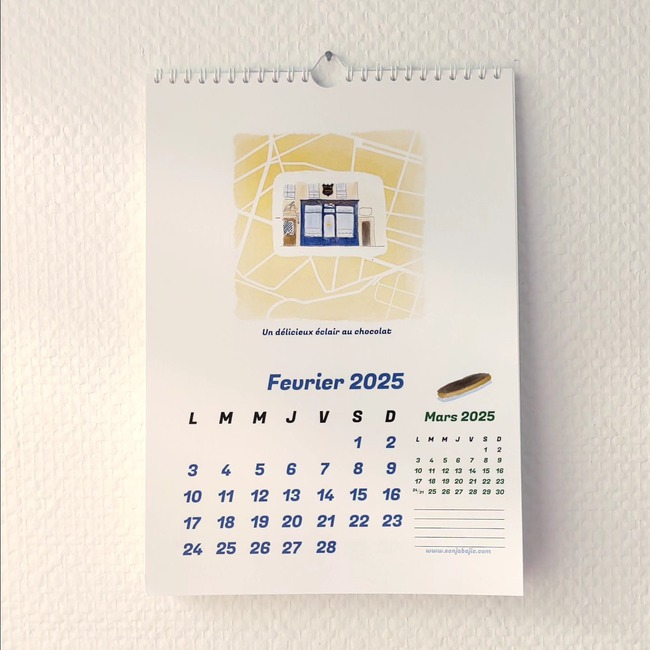
2025 wall calendar by Sonja Bajic
Sonja is a self-described memory collector. Her work serves a reminder of the special Parisian experiences we have in common: crossing your favorite bridge, for example, or taking in a whiff of a just-baked baguette. Sonja’s work uses colors, textures, and playful details to evoke those shared feelings. “I try to tell a story that will make people connect. After all, that’s what art is for.”
To see more of Sonja’s work, her Instagram account is here. And to stay up to date on her new work, her newsletter is here.
Lead photo credit : Cafe de Flore illustration by Sonja Bajic
More in Paris illustrator, Paris maps, Sonja Bajic
